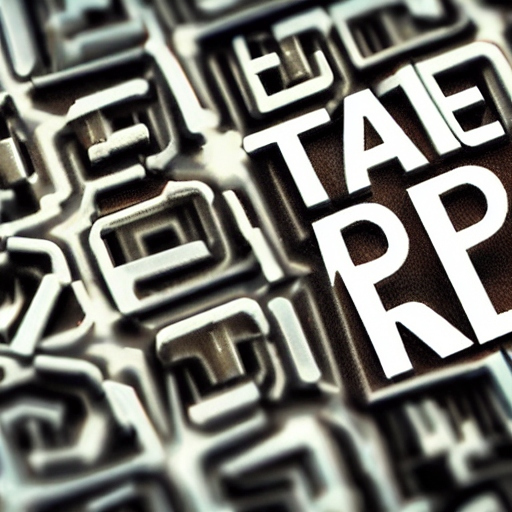The interesting field of evolutionary reinforcement learning combines the advantages of two different approaches to machine learning: reinforcement learning and evolutionary computation. An intelligent agent learns the best methods through evolutionary reinforcement learning by actively experimenting with various techniques and earning rewards for good performance.
This ground-breaking paradigm creates a potent methodology for artificial intelligence development that offers advances across a range of fields by fusing the trial-and-error learning of reinforcement learning with the ability of evolutionary algorithms to simulate natural selection.
A branch of machine learning called reinforcement learning is concerned with creating algorithms that learn to base their judgements on input from the outside world. AlphaGo and, more recently, Google DeepMind robots that play soccer are notable examples of successful reinforcement learning.
Reinforcement learning still has to overcome a number of obstacles, such as the trade-off between exploration and exploitation, reward design, generalization, and credit allocation.
Reinforcement learning issues may be resolved using evolutionary computation, which mimics the course of natural evolution to find solutions. Researchers developed the discipline of evolutionary reinforcement learning by merging these two methods.
Six important areas of research are covered by evolutionary reinforcement learning:
- Hyperparameter optimization: This can be done using evolutionary computing techniques. They can therefore automatically choose the most effective parameters for reinforcement learning systems. The algorithm’s learning rate and propensity for future rewards are just two of the many variables that make it difficult to manually choose the ideal settings. Furthermore, the architecture of the neural network used, including elements like the number and size of its layers, has a significant impact on how well reinforcement learning performs.
- Policy search: Using neural networks as a tool, policy search involves testing various approaches to a task in order to determine which is most effective. These networks use deep learning breakthroughs to approximate task execution in a manner similar to that of powerful calculators. The search procedure is similar to navigating a huge maze because there are many different ways that tasks can be executed. A popular technique for training neural networks and escaping this maze is stochastic gradient descent. Alternative “neuroevolution” techniques based on evolutionary tactics, genetic algorithms, and genetic programming are provided by evolutionary computing. These techniques can establish the ideal neural network weights and other parameters for reinforcement learning.
- Exploration: Reinforcement learning agents get better through interacting with their surroundings. While too much exploration is expensive, too little exploration might result in bad conclusions. Therefore, there is a trade-off between an agent’s exploration to find good behaviors and an agent’s exploitation of the discovered good behaviors. Agents discover by giving their behaviors a random element. The following factors make efficient exploration difficult: a vast number of potential actions, uncommon and delayed rewards, uncertain settings, and complicated multi-agent scenarios. These problems are addressed by evolutionary computation techniques, which encourage competition, collaboration, and parallelization. Through diversity and directed evolution, they promote exploration.
- Reward shaping: In reinforcement learning, rewards are crucial, yet they are frequently infrequent and challenging for agents to learn from. To aid agents in learning more effectively, reward shaping adds more precise incentives. However, these incentives can have an unintended impact on an agent’s behavior, therefore it is usually necessary to have specialized task-related information in order to determine what these additional incentives should be, how to balance them, and how to distribute credit among several agents. Researchers have employed evolutionary computation to modify the extra rewards and their settings in both single-agent and multi-agent reinforcement learning in order to address the difficulty of reward design.
- Meta-reinforcement learning: The goal of meta-reinforcement learning is to create a general learning algorithm that can adapt to various tasks by drawing on information from prior challenges. The drawback of traditional reinforcement learning is that each task must be completely learned from scratch across a huge number of examples. The amount and complexity of tasks that can be resolved via meta-reinforcement learning are still limited, and there is a large computational cost involved. In order to fully realize the potential of meta-reinforcement learning and enable it to learn, generalize, and be more computationally effective in real-world scenarios, it is therefore promising to take advantage of the model-independent and highly parallel capabilities of evolutionary computation.
- Multi-objective reinforcement learning: Some challenges in the actual world have several aims that are at odds with one another. In situations where no single answer stands out as being superior to the others, a multi-objective evolutionary algorithm can balance various objectives and recommend a compromise. Methods for multi-objective reinforcement learning can be divided into two categories: those that find a variety of good solutions and those that combine numerous goals into one to get the best possible outcome. On the other hand, it can be helpful to divide some single-goal problems into several goals in order to simplify the solution process.
Even in situations with uncommon or false rewards, evolutionary reinforcement learning may resolve challenging reinforcement learning tasks. However, it is expensive to compute due to the large amount of processing resources required. The demand for more effective techniques is rising, necessitating advancements in encoding, sampling, search operators, algorithmic frameworks, and evaluation.
Although evolutionary reinforcement learning has demonstrated promising outcomes in handling difficult reinforcement learning challenges, more development is yet potential. Evolutionary methods can be made even more useful and successful for solving challenging reinforcement learning tasks by academics in the field by improving their computational efficiency and investigating new benchmarks, platforms, and applications.








